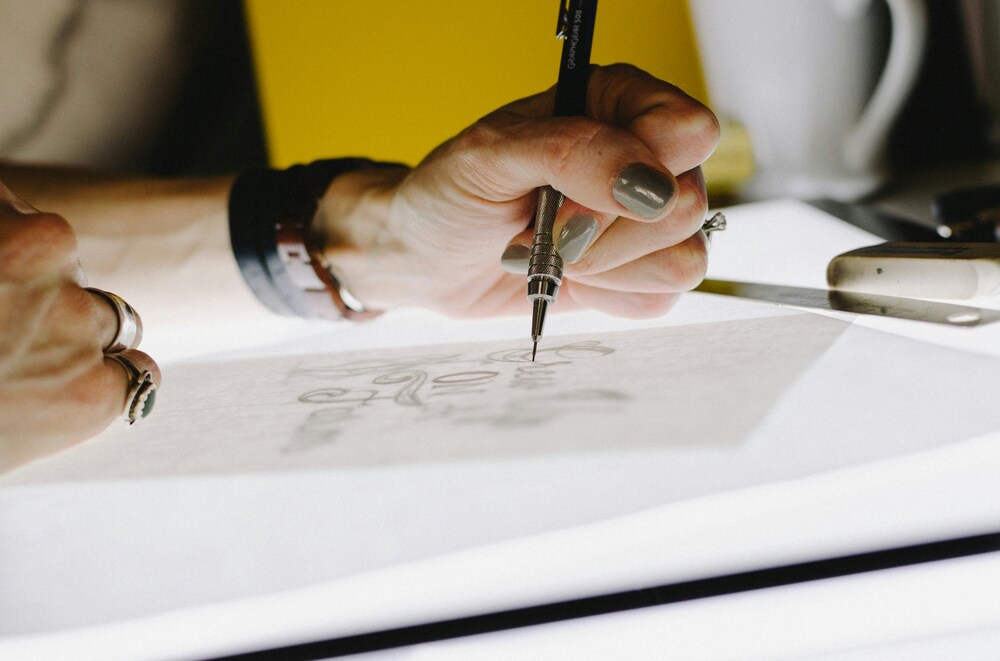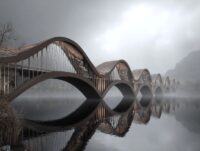- Home
- Articles
- Architectural Portfolio
- Architectral Presentation
- Inspirational Stories
- Architecture News
- Visualization
- BIM Industry
- Facade Design
- Parametric Design
- Career
- Landscape Architecture
- Construction
- Artificial Intelligence
- Sketching
- Design Softwares
- Diagrams
- Writing
- Architectural Tips
- Sustainability
- Courses
- Concept
- Technology
- History & Heritage
- Future of Architecture
- Guides & How-To
- Art & Culture
- Projects
- Interior Design
- Competitions
- Jobs
- Store
- Tools
- More
- Home
- Articles
- Architectural Portfolio
- Architectral Presentation
- Inspirational Stories
- Architecture News
- Visualization
- BIM Industry
- Facade Design
- Parametric Design
- Career
- Landscape Architecture
- Construction
- Artificial Intelligence
- Sketching
- Design Softwares
- Diagrams
- Writing
- Architectural Tips
- Sustainability
- Courses
- Concept
- Technology
- History & Heritage
- Future of Architecture
- Guides & How-To
- Art & Culture
- Projects
- Interior Design
- Competitions
- Jobs
- Store
- Tools
- More
Revolutionizing Architectural Design: The Impact of PVD Coating Technology

As an architect, I’m always on the lookout for innovative technologies that can enhance the aesthetics and functionality of our designs. One such groundbreaking advancement that has caught my attention is Physical Vapor Deposition (PVD) coating. This cutting-edge technology is transforming the way we approach architectural finishes, offering a world of possibilities for creating stunning and durable surfaces. In this article, we’ll explore how PVD coating is revolutionizing architectural design and why it’s becoming an essential tool in our creative arsenal.
PVD coating has been making waves in various industries, from aerospace to automotive, and now it’s making its mark in architecture. This versatile technology allows us to apply ultra-thin, highly adhesive coatings to a wide range of materials, opening up new avenues for creativity and innovation in our field. As we delve deeper into the world of PVD coating, we’ll discover how this technology is reshaping the way we think about architectural surfaces and finishes.
Table of Contents
ToggleUnderstanding PVD Coating Technology
Before we explore the applications of PVD coating in architecture, it’s crucial to understand the basics of this innovative technology. PVD coating is a process that involves vaporizing a solid material in a vacuum environment and depositing it onto a substrate as a thin film. This method allows for the creation of exceptionally durable and aesthetically pleasing coatings that can be applied to various materials used in architectural design.
The Science Behind PVD Coating
PVD coating machine, to achieve its remarkable results. This advanced machinery uses high-energy processes to vaporize coating materials, which then condense onto the target surface in a controlled manner. The result is a uniform, high-quality coating that adheres strongly to the substrate.

Types of PVD Coating Processes
There are several PVD coating processes, each with its unique advantages:
- Sputtering
- Evaporation
- Ion plating
These different methods allow for a wide range of coating options, enabling architects to choose the most suitable process for their specific design requirements.
Advantages of PVD Coating in Architecture
PVD coating offers numerous benefits that make it an attractive option for architectural applications. Let’s explore some of the key advantages that are driving its adoption in the field.
Enhanced Durability and Longevity
One of the most significant benefits of PVD coating is its exceptional durability. Surfaces treated with PVD coatings exhibit:
- Increased hardness
- Improved wear resistance
- Enhanced corrosion protection
These properties ensure that architectural elements maintain their appearance and functionality for extended periods, even in challenging environments.
Aesthetic Versatility
PVD coating technology opens up a world of design possibilities, allowing architects to achieve a wide range of colors and finishes. From sleek metallic hues to vibrant, eye-catching shades, PVD coatings can transform ordinary surfaces into extraordinary design elements.
Environmentally Friendly Solution
As sustainability becomes increasingly important in architecture, PVD coating stands out as an environmentally friendly alternative to traditional finishing methods. The process:
- Produces minimal waste
- Uses no harmful chemicals
- Creates coatings that are easy to recycle
This makes PVD coating an excellent choice for architects looking to reduce their environmental impact.
Applications of PVD Coating in Architecture
The versatility of PVD coating technology allows for its application in various architectural elements. Let’s explore some of the most exciting ways architects are incorporating this innovative finish into their designs.
Exterior Cladding and Facades
PVD coatings are revolutionizing the way we approach exterior building surfaces. By applying these coatings to materials like:
- Aluminum panels
- Stainless steel sheets
- Titanium cladding
Architects can create stunning, long-lasting facades that resist weathering and maintain their appearance for years to come.
Interior Design Elements
The application of PVD coating isn’t limited to exteriors. This technology is also making waves in interior design, enhancing the aesthetics and durability of various elements such as:
- Door hardware
- Lighting fixtures
- Decorative panels
The ability to achieve a wide range of colors and finishes allows for seamless integration with diverse interior design schemes.
Structural Components
PVD coatings are not just about aesthetics; they also offer functional benefits for structural elements. By applying these coatings to:
- Steel beams
- Support columns
- Connectors
Architects can improve the corrosion resistance and longevity of critical building components.
Challenges and Considerations
While PVD coating offers numerous advantages, it’s essential to consider some challenges and limitations when incorporating this technology into architectural designs.
Cost Considerations
The initial investment in PVD coating equipment and materials can be significant. However, the long-term benefits often outweigh the upfront costs, making it a worthwhile consideration for many projects.
Design Limitations
Although PVD coating offers a wide range of possibilities, there are some limitations to consider:
- Substrate compatibility
- Maximum coating thickness
- Color consistency across large surfaces
Understanding these constraints is crucial for successful implementation in architectural designs.
Maintenance and Repair
While PVD coatings are highly durable, they may still require maintenance and occasional repair. Architects should consider:
- Cleaning procedures
- Touch-up techniques
- Replacement options
When specifying PVD-coated elements in their designs.

The Future of PVD Coating in Architecture
As technology continues to advance, the future of PVD coating in architecture looks bright. We can expect to see:
Emerging Technologies
New developments in PVD coating technology promise even greater versatility and performance. Innovations such as:
- Multi-layer coatings
- Nano-structured films
- Smart, responsive coatings
Will open up exciting new possibilities for architectural design.
Integration with Sustainable Design Practices
As the architecture industry moves towards more sustainable practices, PVD coating is likely to play an increasingly important role. Its eco-friendly characteristics make it an ideal choice for green building initiatives.
Expanding Applications
We can anticipate seeing PVD coatings used in novel ways, such as:
- Solar-reflective building skins
- Self-cleaning surfaces
- Energy-harvesting facades
These innovative applications will further cement PVD coating’s place in the architect’s tool kit.
In conclusion, PVD coating technology is revolutionizing the way we approach architectural design. Its unique combination of durability, aesthetic versatility, and environmental friendliness makes it an invaluable tool for architects looking to push the boundaries of what’s possible in building design.
As we continue to explore and refine this technology, we can look forward to a future where our buildings are not only more beautiful but also more resilient and sustainable. The integration of PVD coating in architecture is more than just a trend; it’s a glimpse into the future of our built environment.
illustrarch is your daily dose of architecture. Leading community designed for all lovers of illustration and #drawing.
Submit your architectural projects
Follow these steps for submission your project. Submission FormLatest Posts
How to Choose the Right HVAC Installation Service
A quiet mechanical system starts with sound choices before any equipment arrives....
10 German Kitchen Ideas to Inspire a Sleek and Functional Modern Home
German kitchens are renowned worldwide for their innovative designs, exceptional quality, and...
Gift Ideas for Architects and Designers: Useful, Beautiful Picks They’ll Actually Love
Gift ideas for architects and designers: curated, use-in-studio picks by budget and...
How to Use the Golden Ratio for a Balanced Kitchen Remodel
Have you ever seen a kitchen and it just looked right to...











Leave a comment